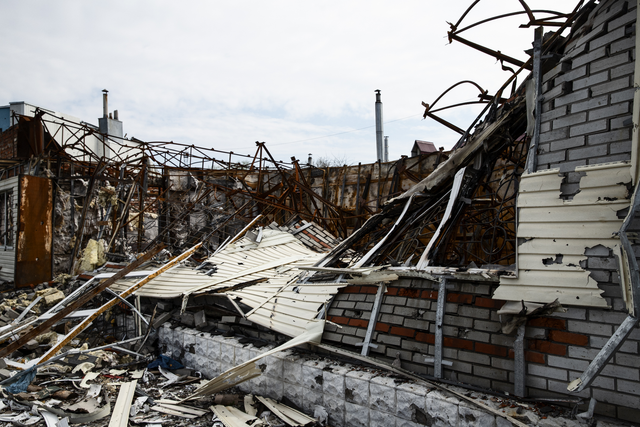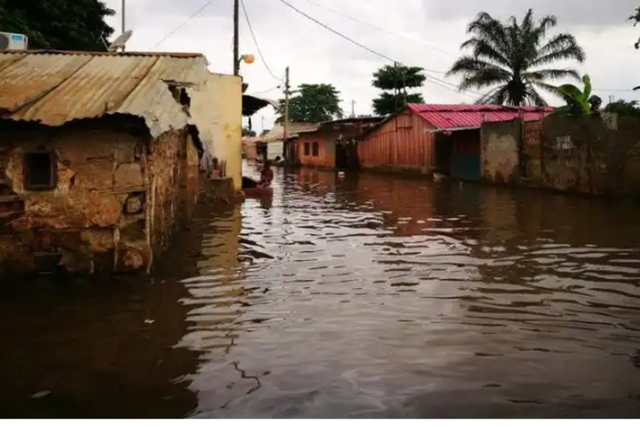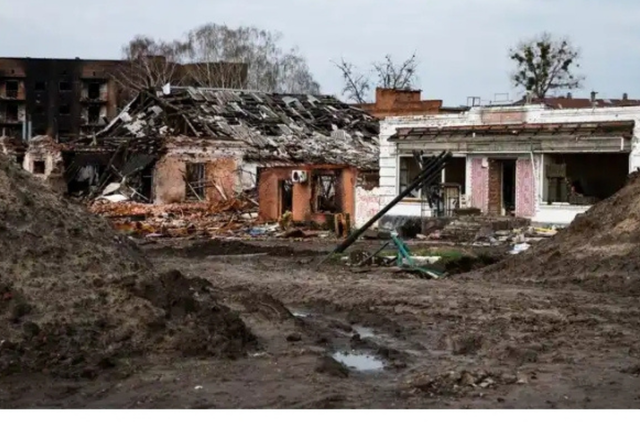Title: International Day for Disaster Risk Reduction – Fund Resilience, Not Disasters
International Day for Disaster Risk Reduction – October 13th
Every year on October 13th, the world comes together to observe the International Day for Disaster Risk Reduction (IDDRR) — a day that reminds us of the urgent need to build stronger communities capable of withstanding shocks and crises. This year’s theme, “Fund Resilience, Not Disasters,” is a powerful call for governments, organizations, and individuals to invest in prevention and preparedness rather than waiting for disasters to strike before taking action.
Natural disasters have become more frequent and destructive due to climate change, rapid urbanization, and environmental neglect. From floods and wildfires to earthquakes and droughts, many communities, especially in developing countries, continue to face devastating losses — not just in infrastructure but also in lives and livelihoods.
The truth is, most disasters are not just “natural”; they are the result of human inaction and poor planning. That is why this year’s theme emphasizes funding resilience — investing in systems, education, and infrastructures that can reduce the impact of disasters before they occur.
A Brief History
The International Day for Disaster Risk Reduction was established in 1989 by the United Nations General Assembly to promote a global culture of risk awareness and disaster reduction.
Initially, it was part of the International Decade for Natural Disaster Reduction (1990–1999). Over time, it evolved into a global movement that encourages every nation to build safer and more resilient communities.
Today, IDDRR aligns with the Sendai Framework for Disaster Risk Reduction (2015–2030) — a United Nations plan that emphasizes understanding risks, strengthening disaster governance, investing in resilience, and improving response and recovery efforts.
Types of Disasters
Disasters appear in many forms, and their impact depends on how prepared communities are. Some major types include:
- Natural Disasters:
Floods, earthquakes, hurricanes, landslides, droughts, volcanic eruptions, and tsunamis.
- Biological Disasters:
Epidemics and pandemics like Ebola and COVID-19.
- Technological or Man-made Disasters:
Industrial accidents, gas leaks, oil spills, and fire outbreaks.
- Environmental Disasters:
Caused by deforestation, pollution, and the effects of climate change that damage ecosystems.
Each of these disasters teaches us one lesson — we can’t always stop them, but we can reduce their risks through resilience and preparedness.
Purpose of Celebrating the Day
The International Day for Disaster Risk Reduction is not just about awareness — it’s about action.
The day reminds governments and organizations to invest in prevention rather than only in emergency responses. Funds used to build strong infrastructure, install early warning systems, and educate communities are far more valuable than money spent after a tragedy.
This year’s theme, “Fund Resilience, Not Disasters,” calls for a shift from relief-based spending to proactive planning. When communities are well-prepared, they recover faster, suffer less, and save more lives.
Conclusion
Disasters do not wait for anyone. They strike without warning, but how we prepare determines how much damage they cause.
Instead of waiting for tragedy to happen, let us fund resilience today — by strengthening our systems, protecting the environment, and empowering communities. The future depends on the choices we make now to protect people and the planet.
How do you think your community can build resilience against disasters?
👉 Have you ever experienced a disaster that changed your view on preparedness?
Let’s talk in the comments below — because every shared idea could help save a life.



Thank you for publishing an article in the Steem4nigeria community today. We have assessed your entry and we present the result of our assessment below.
MODs Comment/Recommendation:
Remember to always share your post on Twitter using these 3 main tags #steem #steemit $steem
Hi, Endeavor to join the #Nigeria-trail for more robust support in the community. Click the link Nigeria-trail
Guide to join